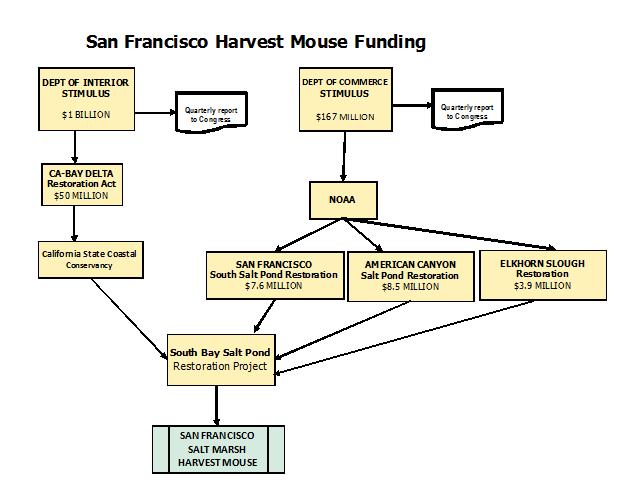The duplicity surrounding news coverage of bisphenol A, a common and long-used chemical component of plastic, is evidenced by the media’s penchant for lavish coverage of specious claims of danger and a paucity of interest in peer-reviewed research showing no harm from the chemical. This double standard extends to taxpayer funding of BPA research and raises questions about the pending research.

A particularly curious tale begins with a September 21 letter to Margaret Hamburg, the new Food and Drug Administration Commissioner, and National Institute of Environmental Health Sciences Director Linda Birnbaum who, among others, was copied on the correspondence. The letter was penned by Thomas Zoeller, a member of the 2007 Chapel Hill Consensus that advanced theories of danger associated with BPA, and 32 additional signatories. The letter opens by stating that its signatories are “a group of independent (mostly university) researchers with extensive experience working with endocrine disrupting compounds and in particular bisphenol A (BPA)” but then gives a curious warning to Commissioner Hamburg regarding plans for $10 million in BPA studies by FDA.
“We find it troubling that the FDA is proposing to spend such a large amount of money on such a well-researched chemical,” the letter notes. It goes on to claim that plans to further research BPA are “disturbing” and that “there is sufficient research and independent review available for the agency to make a decision as to whether, as the law dictates, there is ‘reasonable certainty’ that this chemical is ‘not harmful.'”
At first blush, one might be inclined to give credit to these researchers for their noble stance in defense of government frugality with taxpayer money. But a cursory understanding of many of the signatories’ past efforts raises an intriguing issue. Close to half of the signatories had been part of the Chapel Hill Consensus, and some of those have had questions raised about their research methods and the incestuous nature of their scientific work.
The curiosities of the September 21 letter to FDA Commissioner Hamburg are compounded by an October 28 news release from the National Institute of Environmental Health Sciences announcing 10 grants funded by federal economic stimulus money to pay for two years of additional research on BPA.
The NIEHS news release explains, “While recent assessments by authorities in the United States, Canada, Europe, and Japan agree that current food contact uses of BPA are safe, these assessments have identified the need to address data gaps. For these reasons, NIEHS prioritized BPA research as a Signature initiative in the grants program undertaken with stimulus funds from the American Recovery and Reinvestment Act.”
The language of the NIEHS announcement is standard government boilerplate, but its meaning becomes almost surreal when a review of grant money recipients reveals that seven of the ten grants are to be awarded to signatories of the September 21 letter to FDA Commissioner Hamburg. Although the press release referred to an October 6 meeting of researchers receiving stimulus funds, no mention is made in their letter to Hamburg about having applied for any NIEHS grant money or whether any of the signatories had been informed that they were to receive such grants. They only mention that “the NIEHS has initiated a $7 million program (GO grants) to address several key data gaps.”
According to an analysis by Trevor Butterworth of the George Mason University Statistical Assessment Service, some of the recipients of the stimulus funds and participants in the Chapel Hill Consensus seem to have an “incestuous” relationship. The scientists who signed the September 21 FDA letter had claimed “there are already over 900 peer-reviewed studies in the published literature,” but the NIEHS press release states, “The innovative two-year grants [of $14 million] provided through the Recovery Act will support human and animal studies that address many of the research gaps identified by expert scientific panels, and provide a better understanding of how this chemical may impact human health.” Which is correct?
The letter signers wrote, “We are deeply troubled that the agency would announce these research plans in light of its decision to release a reassessment of BPA by November 30th. This disconnect between research and reassessment raises concerns about whether the FDA is striving to resolve the critical public health issues raised by widespread exposure to BPA, or is avoiding making a decision because of the pending research, the results of which will not be available for review for many years.” But will the expected announcement of a “reassessment” declare the dangers of BPA just as an expensive two-year study gets underway?
In justifying the money allocated to the study of BPA, Birnbaum, in the press release was quoted as saying, “‘We know that many people are concerned about bisphenol A and we want to support the best science we can to provide answers.'” This brings up the legitimate and larger question of whether these “concerns” can be adequately addressed by taxpayer research grants to those who raised the concerns in the first place. And is this going to be “the best science,” when we know that serious questions have been raised about the incestuous nature of some of these scientists? Is this research going to be done to fit the headlines generated by some of these same scientists?
It took a computer hacker to reveal the less-than-scientific consensus on global warming. We need a full disclosure on how the “consensus” was arrived at Chapel Hill and how the decision was made to use funds intended to stimulate the economy to continue to fund what seems to be less than objective scientific research. We need to be sure that we are not paying for the fox to guard the henhouse.
COMMENTS
Please let us know if you're having issues with commenting.